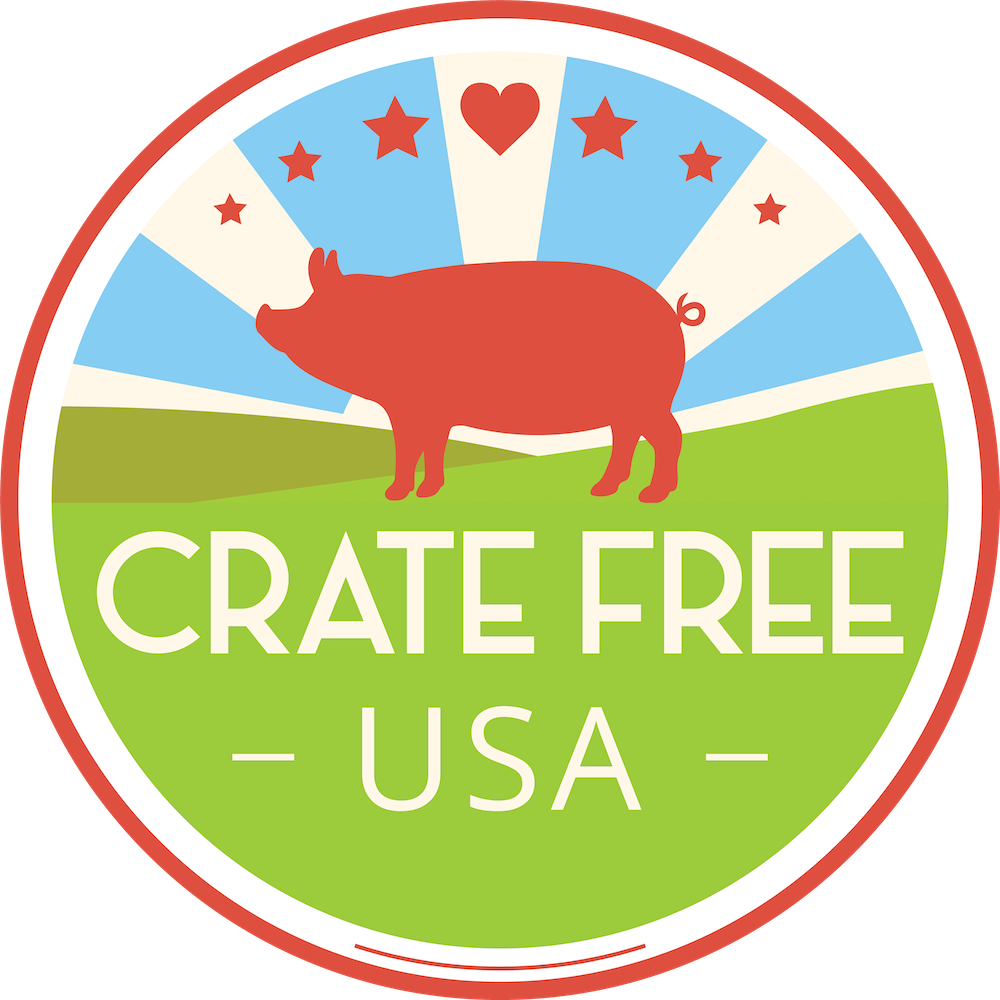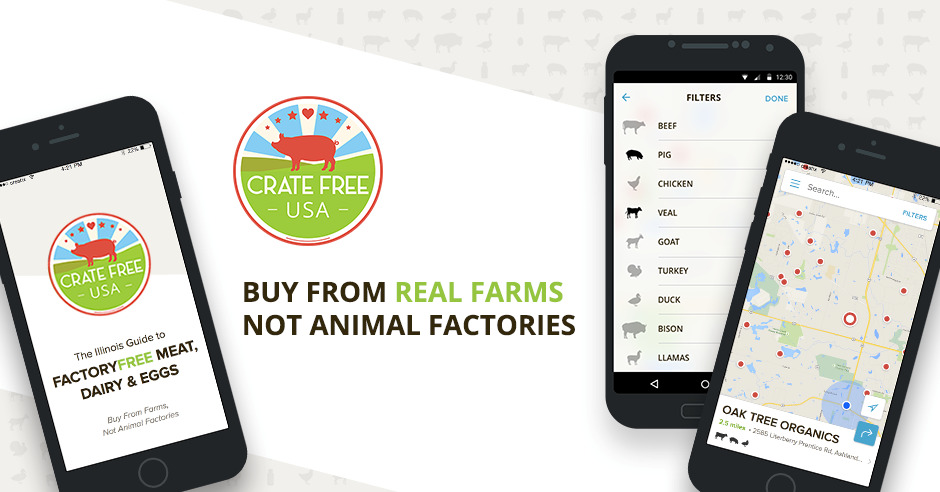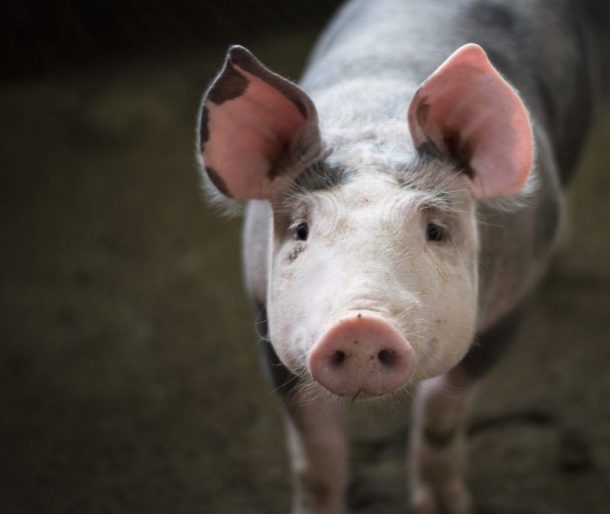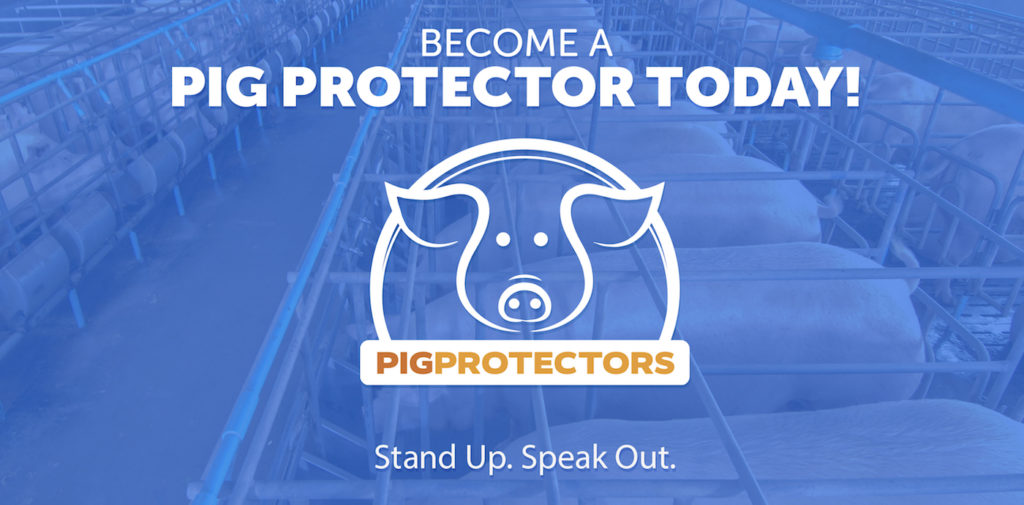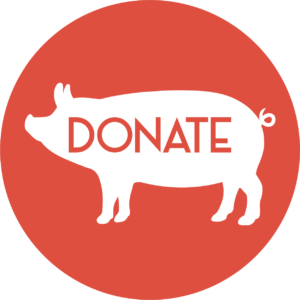With COVID-19 cases plummeting and vaccines widely available, the last thing Americans may want to think about right now is the next public health crisis. Though this sentiment is understandable, we cannot avert our attention from the rising tide of antibiotic resistance – which, like so many environmental and public health catastrophes, is directly linked to the reckless nature of modern factory farming.
What are antibiotics?
“Antimicrobial resistance is the invisible pandemic we ignore at our peril.” – Volkan Bozkir, President of the General Assembly of the United Nations
Antibiotics are drugs used to kill or prevent the growth of bacteria. With their ability to effectively treat bacterial infections ranging from minor pink eye to life-threatening sepsis, antibiotics serve as an irreplaceable cornerstone of modern medicine. Just less than a century ago, when penicillin was developed as the world’s first antibiotic, infections considered minor by modern standards were often fatal. Waking up one morning with strep throat was once a deadly predicament; today, it simply requires us to call our doctor and head to the local pharmacy.
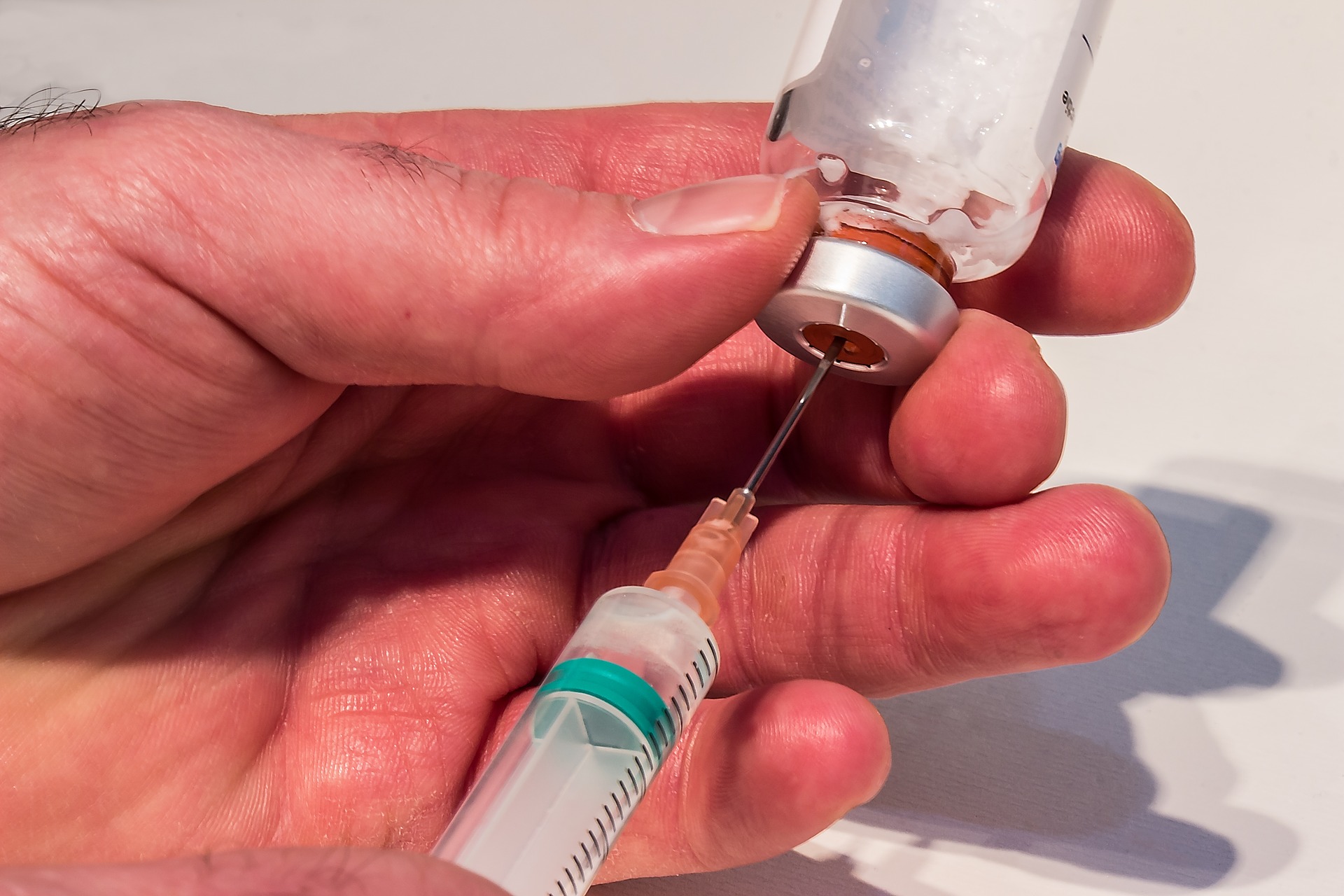
What is antibiotic resistance?
But what happens when antibiotics are unable to kill the bacteria they are designed to target? This question is not hypothetical; although most bacteria may be killed by an effective antibiotic, mutations and other complex biological mechanisms can allow certain bacteria to survive and continue to grow (a more detailed explanation can be found on the CDC website). This phenomenon is known as antibiotic resistance.
The spread of antibiotic-resistant bacteria is accelerated by antibiotic use. When an antibiotic is used, it kills the non-resistant bacteria, leaving resistant strains to inherit more room and resources to grow and become dominant. This is why many doctors are careful to prescribe antibiotics only when their use is medically necessary.
Unfortunately, drug-resistant infections are already a public health emergency, killing 700,000 individuals every year according to World Health Organization (WHO) estimates. However, as resistance continues to spread due to high levels of antibiotic use — much of it excessive or unnecessary — the WHO projects that yearly fatalities from drug-resistant infections could reach 10 million by 2050, exceeding the number of people who die every year from cancer.
What does this have to do with factory farming?
When most people think about antibiotics, they think only of human medicine. But in actuality, nearly 80% of all antibiotics sold in the US are used in animal agriculture, where the concerns of public health experts are often ignored by profit-hungry corporations.

It should come as no surprise to anyone who knows anything about Concentrated Animal Feeding Operations (CAFOs, commonly known as “factory farms”) that common-sense standards for health and hygiene vanish when dealing with the animals that we eat. The most egregious example of this may be the common practice of dosing healthy animals with antibiotics purely to promote their growth, a process completely unnecessary for maintaining the animals’ health. Although the FDA recently banned the use of medically important antibiotics for growth promotion in the US, this practice continues to be prevalent worldwide as many prominent meat-exporting nations (including Canada, China, Brazil, and Australia) lack similar regulation. As this past year has taught us, global health crises know no borders; as long as unnecessary antibiotic use continues unabated worldwide, any individual country’s ban may just be a tiny band-aid on a larger untreatable wound.
Antibiotic Misuse on Factory Farms
Even where bans on antibiotic use for growth promotion exist, massive antibiotic misuse remains a hallmark of CAFOs due to their putrid conditions. Many factors – perhaps most notably the suffocating lack of space between animals – turn CAFOs into petri dishes for rampant disease growth and spread. As Lorainne Murray writes regarding the horrific conditions common for egg-laying hens, “…it is impossible, in such an atmosphere, to maintain health and cleanliness. The chickens’ excretions pile up, and the resulting ammonia fumes become so strong that they burn the birds’ eyes, and blindness results.”
Similarly disturbing and disease-prone environments exist for cows, pigs, turkeys, and all other animals living in CAFOs, where 99% of animals raised for meat in the US reside. Of course, rather than reducing disease spread by improving CAFO conditions, the meat industry instead opts to pump antibiotics into animals’ water and feed, risking a devastating rise in the prevalence of antibiotic resistance in order to save the bottom line.

Bacteria still reaches our plates
It is ironic and devastating that this antibiotic use still fails to prevent harmful bacteria from reaching our plates. One study by the British Food Standards Agency found that 73% of supermarket poultry was contaminated with campylobacter, a bacteria which can cause vomiting, diarrhea, and even death when ingested by humans. The US Centers for Disease Control (CDC) estimates that 1.5 million campylobacter infections occur in the US each year, most reaching our bodies through raw or undercooked poultry. Perhaps more disturbing is the CDC’s finding that these campylobacter infections are increasingly untreatable by common antibiotics such as ciprofloxacin. When campylobacter isolates from US residents were tested in the 1990s and again in the 2010s, the rate of ciprofloxacin resistance rose from 17% to 27%. Although the biological mechanisms at play here are complex, the greater explanation for this increase is simple; as ciprofloxacin was used to control disease outbreaks on poultry farms, resistant campylobacter strains survived and spread, eventually reaching our supermarkets and our bodies.
What can we do?
Fortunately, we have not yet reached the apocalyptic “post-antibiotic era” that medical experts fear. To avert this catastrophe, we must immediately take several steps:
1. Eat fewer animal products
The most simple and obvious way to mitigate the rise of antibiotic resistance is to eat fewer animal products. Decreasing demand for meat, dairy, and eggs is the only surefire way to reduce the total number of antibiotic-stuffed animals in CAFOs, and therefore the amount of antibiotic-resistant strains of bacteria that we eat and spread to others.
2. When consuming animal products, do so responsibly
It is not necessary that everyone become a vegan in order for us to avoid a post-antibiotic apocalypse. Perhaps more importantly, it is not realistic. It’s possible to enjoy a burger or eggs without actively contributing to antibiotic resistance, but it is essential to source these products from farmers who avoid irresponsible antibiotic use. Additionally, these products will likely come from animals that are happier and healthier, an added bonus that can help you feel good about what you eat — and avoid feeling sick afterwards.
For eggs and meat, the words to look for are pasture-raised. Pasture-raised eggs typically require chickens to have at least 108 sq. feet of space to roam — far more than the ghastly 67-76 sq. inches typically allotted to egg-laying hens in CAFOs, a space smaller than a standard piece of paper.
If you are looking to purchase eggs, dairy, or meat, the Crate Free USA App provides a list of local farmers who follow ethical animal agriculture practices, including those related to responsible antibiotic use. Many of these farmers are featured in previous Crate Free USA blog posts, like our recent profile on Terra Vitae Farms.
3. Support legislation that bans irresponsible antibiotic use
While individual actions play a critical role in solving this issue, they alone are unlikely to bring the change necessary to avert disaster. It is critical to support legislation that bans irresponsible antibiotic use on farms. One local example is the Keep Antibiotics Safe Act (S.B. 1186) introduced to the Illinois Assembly in 2019. This act includes specific provisions to ensure that “antibiotics should be used on the smallest number of animals and for the shortest time possible,” and only when their use is deemed medically necessary by a veterinarian. Unfortunately, S.B. 1186 never made it out of committee and to the floor for a vote, but we must continue to advocate for similar bills on the local and national level by driving awareness and contacting our elected officials.
Conclusion
There is good news. Unlike many public health crises, we know why antibiotic resistance is rising and we know what to do about it. We must heed the lessons of the COVID-19 pandemic by listening to public health experts and taking the immediate actions necessary to mitigate the worst effects of antibiotic resistance. Click here to see more ways you can take action.
Author Bio
Jake Stein lives in Chicago where he works as a human capital consultant. He recently graduated from Northwestern University where he studied organizational change and statistics. He is passionate about reducing the suffering of animals on factory farms and raising awareness of how the meat industry drives serious environmental and public health issues. In his free time, he enjoys running, cheering for Wisconsin sports teams, and trying his hand at plant-based recipes.
